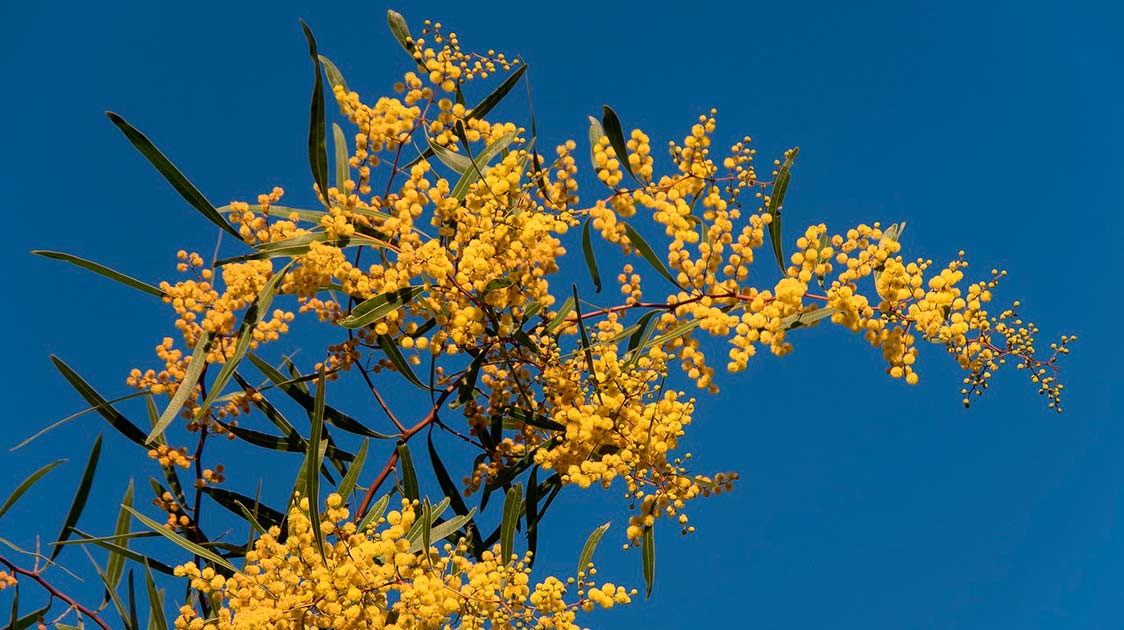
Looking to plant a Bios Urn ® in Australia or New Zealand, but you are unsure about which tree to use? We have got you covered. We will be posting a few posts about tree species compatible in different zones and throughout different parts of the world.
In this post, we will be focusing on popular trees in Australia and New Zealand and the best native or common tree species we recommend. With such a rich diversity of climates and plants, we will only be covering just some types of trees in Oceania. If the country where you live is missing from this list, please get in touch with us at [email protected]!
Take your time to research all of these popular trees in Australia and New Zealand and choose the one that is right for you and your family.
Before choosing your tree type
The Bios Urn ® works with any kind of seed or seedling! There are literally no exceptions. You can elect to use your own by sourcing it directly yourself, and therefore choose a tree which is sentimental and meaningful to you. Fruit trees, flowering trees, evergreens or conifers are all completely compatible.
That said, we always recommend choosing a native tree species or one which is common to your location, to respect the ecological balance and ensure better growth. So be sure to check with a local gardening supplier or horticulturist for information on native tree species in your area. Natives are already adapted to the environment and often tend to use less water and do better in Australian and New Zealand soils.
Reviving the native forest also provides a habitat for native wildlife such as birds. Not every native plant is suited to a particular area, so before planting do some research on what trees are native to the area to be planted.
Remember you can also elect to use a seedling, or sprout instead of a seed. Or some people also chose to plant a flower, a plant, or a bush instead of a tree. Discover below the most popular trees in Australia and New Zealand below!
Popular native trees in Australia: What to plant
Some Australian native species have become endangered by logging while others have been edged out by trees introduced from overseas.
Although most people think of eucalypts when they think of native Australian trees there are a diverse range of trees that are native to this continent.
Acacia (wattle)
The wattle is the national flower of Australia, its gold flowers representing their mineral wealth and its green leaves their agricultural foundations (see the flowers in the main photo of this Blog post). The tree’s name comes from its use in making houses out of small slats of wood plastered over with mud, known as “wattle and daub.”
The history of cultivation of wattles goes back to the middle of the eighteenth century, perhaps even further than that. There are around 1350 different species of wattle in the world around 1000 of which are native to Australia.
Wattles have always been an important species to indigenous Australians, native medicines can be derived from parts of the tree, the wood is used for a variety of purposes, the seeds of some species can be eaten and some are homes to witchety grubs that can also be eaten.
Many wattles are excellent plants for the garden and a selection appears below covering a wide range of regions and conditions in Australia. A trip to your local plant nursery for advice on specific species would always be worthwhile for additional help.
The tallest species of wattle in Australia is the Acacia bakeri, known as a white marblewood, baker’s wattle or scrub wattle, it can grow to 50m. The smallest species are low growing shrubs some of which don’t reach a metre tall.
Banksia
There are 173 Banksia species, and all but one occur naturally only in Australia. South western Australia contains the greatest diversity of banksias, with 60 recorded species of trees in Australia as a whole. They are also an important part of the flora of Australia’s eastern coast.
Found in coastal to arid regions, Banksias range from low-growing shrubs to trees up to 25 m tall. Some species, for example Banksia ericifolia and Banksia menziesii , are known for their spectacular flower heads.
Banksias usually grow best in well drained soils in a sunny position. Most respond to light pruning.
Baobab
Gigantic, exotic and gargantuan, baobab tree is special. They have found about 30 species of trees in Australia in tropical and subtropical areas.
The baobab tree, also known as the bottle tree, is known for its strangely swollen trunk.
Baobab is a low maintenance tree and highly drought resistant. It can also be grown in pot, baobab bonsai is famous and is particularly well suited for beginners and if you have a large backyard, you can grow it outside (grows up to 18m tall and can have a trunk with a circumference of around 9m!).
The baobab tree flourishes on poor soils, tolerates heat and has the ability to store large amounts of water, to survive in drought.
Boronia
The star-like flowers of the boronias and their delicate floral perfumes have long enchanted bush walkers in various parts of Australia from the east to the west coast. It should be said, however, that boronias do not rank among the easiest of plants in the garden.
There are around 100 different species of boronia, with flowers ranging in colour from yellow, through pink and purple to brown. The boronia plant grows as a shrub up to 2m tall.
Boronia oil is farmed in some parts of Australia, used as a food flavouring and scent, also in perfumes and sold as an aromatherapy oil.
It is very important to try and provide boronias with the optimum growing environment in order for them to fulfil their full potential. Dappled sunlight is ideal and especially protection from hot afternoon sun in summer, as well as from wind, which they dislike. A well drained soil is essential in order to lessen the chances of the plant succumbing to its greatest enemy, root rot. Lowering the humidity around the base and additional moisture may be required, particularly if dry weather prevails through late winter.
For many gardeners the best way to grow boronias is in a medium sized pot, say 30 cm in diameter. Use a potting mix that conforms to the regular Australian standard (signified by a black logo with five ticks) and be sure to thoroughly mix in a couple of handfuls of a slow release native plant food. A sheltered patio or courtyard that receives at least a few hours sunlight a day would be ideal.
Casuarina
Australia has 1.3 million hectares of the Casuarina forest type.
Casuarinas are commonly called she-oaks because of the similarity of their timber to that of European oaks. They are a distinctive part of many Australian landscapes.
They come in a variety of sizes – from ground cover, through to shrub, small and large trees, and many species have adapted to tolerate wet conditions, dry climates, swamp areas and coastal regions. The tallest casuarina trees always grow along rivers.
They are unusual in that it bears fruit that looks much like the cones of conifers, but it is actually a flowering tree.
Some species of casuarina have edible resin or drinkable sap, used by indigenous people for thousands of years.
If you like attracting native birds to your backyard, then she-oaks are plants well worth considering for your garden. They will thrive if they get full sun.
Australian conifers
Although conifers are in the minority of tree varieties in Australia, there are some distinctive native species.
Most conifers are evergreen (meaning they do not lose their leaves in winter) making them popular garden trees, growing in prostrate forms and varieties that grow up to 20m tall. No matter what size the garden, there is almost certainly a conifer to meet your needs, given the range of colours and forms available.
Callitris and Actinostrobus are two genera of trees in Australia grouped the common name of cypress pine, although they are actually cypress trees (Cupressaceae) and not pines.
Bunya and hoop pines, of the genus araucaria, are also very distinctively Australian plants. The bunya grows up to 45m tall and drops huge fruit sometimes called cones or nuts with edible seeds contained within.
Another araucaria of note in Australia is the Wollemi pine.
All they need is a good, complete fertiliser through the spring time, with some good organic matter in a well drained soil. Also think about using conifers as container plants because they are excellent growing in a pot.
Eucalypt
The most widespread of Australian plant species is the eucalypt, also known as a gum tree. Eucalypts are iconic forest trees in Australia. About 80 per cent of forests in Australia are eucalypt forests, or forests in which gum trees are the dominant (but not the only species).
They are therefore seen as symbolic of Australia and appear in many iconic paintings and even popular songs.
The term ‘eucalypt’ includes approximately 900 species in the three genera Eucalyptus, Corymbia and Angophora which come in an amazing array of shapes, sizes and colours. Almost all eucalypt species are native to Australia. Eucalypts evolved from rainforest ancestors, adapting to an environment in which drought, nutrient-poor soils and fire were increasingly common. The tallest recorded gums grew over 100m tall, but there are also varieties that grow along the ground.
They support many forest-dwelling or forest-dependent species of flora and fauna. This includes species endemic to Australia and species that are listed as threatened under the Commonwealth Environment Protection and Biodiversity Conservation Act 1999.
All eucalytous tees require full sun. They also adapt well to a wide range of soils, from dry, hot sites to slightly wet, as long as the area is well drained. Many species respond well to potted environments as well (containers should be large enough to accommodate the tree, so about 2 feet in diameter and which allows good drainage). It is not a difficult tree to care for as this tree usually maintains itself reasonably well.
Grevillea
Grevilleas are native trees in Australia that grow informally as ground covers, shrubs and trees. Grevillea flowers are mind-blowing. They consist of dozens of individual flowers along a stem and these open in succession, for a longer flowering season. Some grevilleas flower virtually all year, so there are even flowers in winter. But in spring, the bush is absolutely covered in a mass of breathtaking colour.
The 340 species of grevilleas range in size from small shrubs to 35m tall trees, including plants such as the bottle brush and the silky oak.
They are great bird attractors and are therefore popular in gardens.
The flowers were also popular with indigenous people who would pick them and harvest the sweet nectar, however it is not advisable to suck the nectar of just any grevillea because some contain high levels of cyanide.
When it comes to choosing the species, there’s a huge range, and it comes down to personal preference and climate. One form that has stunning foliage is Grevillea ‘Sunkissed Waters’. A favourite grevillea flower is Grevillea bipinnatifida. There’s a standard grevillea for every Australian region, from the tropics to the coast, so if you are looking for an even-shaped, evergreen, water-wise plant, which flowers most of the year, they’re well worth a look. Be sure to choose a variety that’s suitable for your climate and then it will thrive.
They are also great alternatives to plants like weeping cherries – because they’re hardier and they flower for a much longer time – or, because they are evergreen, use them instead of a weeping standard rose.
Caring for a standard grevillea involves staking it for the first 12 months.
Melaleuca
Australia has 6.4 million hectares of Melaleuca native forest, mainly found in northern Australia.
There are more than 200 species of melaleucas, most of which are endemic to Australia. However, only a few species develop into trees (some up to 30m tall). These taller melaleucas are commonly called paperbarks or tea-trees.
Melaleucas are a member of the myrtle family and is therefore related to the eucalypt. It usually flowers in late spring or early summer with white or pinkish mauve flowers in spikes 2 to 5 cm long.
These trees were used by indigenous people for making various things out of the papery bark. Melaleuca alternifolia, also known as the tea-tree, yields an oil that is used as an antiseptic.
It is a tree valued for ability to grow in difficult conditions. It thrive in either full or partial sunlight. Although the tree adapts to most soil types, it prefers fast-draining sandy or loamy, somewhat acidic soil. Hard-packed or heavy clay soil are best avoided.
Did you know?
Australia has no native species of oak tree or quercus. The Australian oak and the Tasmanian oak are not actually a real oak trees but kinds of Eucalypt. The she-oak is a casuarina and the silky oak is a kind of grevillea.
If you want to read more about popular native trees in Australia, check out these books:
- · Australian Native Plants by John Wrigley, Murray Fagg (New Holland)
- · A Field Guide to Australian Trees by Ivan Holliday (New Holland)
Popular native trees in New Zealand: What to plant
The native flora of New Zealand is unique as it evolved in isolation for millions of years.
80% of the trees, flowering plants and ferns are endemic which mean that they are only found in New Zealand. Approximately 10–15% of the total land area of New Zealand is covered with native flora.
Very different from the native trees in Australia, here are some of the most well-known indigenous trees found in New Zealand.
Kahikatea
The Kahikatea is one of the endemic trees of New Zealand and it’s tallest native tree. It can be found on all three main islands, usuallygrowing in the broadleaf forests and are most common in lowland, swampy areas.
Kahikateas are a type of podocarp (a conifer tree that has both cones and fruit and which are evergreen trees that grow throughout NZ).
This ancient tree has been around for more than 160 million years. Kahikatea is sometimes called dinosaur trees because they existed alongside the dinosaurs during the Jurassic period. They support whole ecosystems on their trunks and branches.
Growing up to 55m these trees can live up to 500 years. The fleshy red fruit was an important food resource for Māori as well as the wood being used for making Wāka and bird spears. Bark is smooth at youth but becomes flaky and waxy in old age.
Kawakawa
The Kawakawa is a small densely branched shrub or small tree, growing to 6m tall. Found in coastal and lowland forests throughout the North Island and the northern half of the South Island.
Noticeable by its green heart shaped leaves, Kawakawa is a highly medicinal plant. It can be chewed on to relieve tooth and headaches or made into a tea. It is great for healing cuts and wounds and Māori would dry it and burn it as an insect repellent.
It’s yellow fruits are edible and are eaten by Kererū. It can grows everywhere and quickly with big knuckles in the branches.
Kōwhai
The kōwhai is one of the best known native trees in New Zealand. It’s the unofficial national flower and Kōwhai imagery is popular in art works and has been used on postage stamps and coins.
It’s found throughout New Zealand in a diverse range of habitats from riparian forests, coastal cliff faces to inland grey scrub communities. Māori hold the tree in high esteem, valuing the durability of its hard wood and its many medicinal properties.
Best known for their brilliant yellow flowers that appear in profusion in Spring, they stand out among the forest greenery.
Growing to a height of 8m, there are many types of Kōwhai. Native birds such as the tui, bellbird, kākā and New Zealand pigeon/kererū/kūkū/kūkupa all benefit from kōwhai trees. They are an important seasonal nectar food source for them.
Always use locally sourced kōwhai plants in gardens.
Mānuka/Kānuka
Although mānuka/kahikātoa and kānuka (collectively known as ‘tea trees’) have a superficial similarity and often get confused, but they are easy to tell apart. If you squeeze a handful of either manuka will be sharp and prickly (Manuka = Mean) whereas Kānuka will be soft and forgiving (Kānuka = Kind).
Also, mānuka is a shrub growing up to only 4m high whereas Kānuka will grow over 15m high.
Both species are pioneering species and will grow almost anywhere. Usually the first seedling to pop up in a regenerating area of burnt off or cleared land, these trees create favorable conditions in the soil to foster the regeneration if seedlings from larger trees.
Mānuka is common throughout the North, South and Stewart Islands in lowland to low alpine regions up to 1800 m above sea level. It can be found in many different habitats including wetlands, river gravels and dry hillsides. When mature, it is very tolerant of drought, strong winds and frost and it can grow at less fertile, colder, wetter and more acidic sites than kānuka.
Unlike many other native plants, neither one of them is usually eaten by browsing animals like sheep, cattle and goats, hence why these plants are useful in restoration projects.
Nīkau
The nīkau palm is the southernmost member of the palm family and New Zealand’s only native palm species.
A nīkau palm usually grows about 10-15 m tall, although it is very slow-growing. It is easy to recognise in the bush with its circular trunk, which is ringed with evenly spaced scars from fallen leaves. Large palm leaf tree that sprouts small red fruits.
The leaves were used to thatch houses, to wrap food before cooking, and to weave into hats, mats, baskets, and leggings for travelling through undergrowth. The outer portion of the trunk was used to make containers and pots.
The nīkau palm is unique to New Zealand and it primarily occurs in coastal to lowland forest in warmer regions. It is found in the North Island and the northern South Island from the Marlborough Sounds and Nelson south to near Okarito in the west and Banks Peninsula (near Christchurch) in the east. Nīkau palms also grow on the Chatham Islands.
While insects are probably the main pollinators, birds such as tui, bellbirds and silvereyes also enjoy the nīkau nectar. Flowers occur throughout the entire year.
Pūriri
There are Pūriri alive today that were standing well before the first humans set foot in New Zealand. There are some that may even be older than the most ancient Kauri trees, as they have a remarkable stubbornness when it comes to survival.
Grows massive with sprawling brunches that can be quite knotted and mishapen. Noticeable by its small pink bell shaped flowers that litter underneath the tree. Its large red berries are consumed and transported only by Kererū. Sometimes has smooth bark and is usually home to lots epiphytes (Plants that grow in trees). Māori would boil the leaves infused with others to heal ulcers and pains.
Pūriri is generally associated with fertile or volcanic soil.
The tree quickly gained the respect of Māori living in northern New Zealand where it naturally occurs. To many tribes the tree was deeply sacred and associated with mourning and burial of the dead; a connection that still lives on in some places today.
Despite this deep association with death, The Bay of Islands Māori also considered Pūriri a symbol of joy at being alive.
Rimu
Rimu trees grow slowly, reaching an age of 800-900 years old.
It is an emergent tree that is found within the canopy of New Zealand’s forests and can grow up to 50m high.
The rimu tree dates back 70 million years, to the Podocarp forests that used to dominate the New Zealand landscape.
The tree has lots of different uses. The red fruit cup that carries the seed is edible. As for the bitter gum, it was applied to wounds to stop bleeding and the leaves were used to heal wounds. The bruised inner bark was applied to burns.
Rimu has be described as a graceful tree; it is noted by its drooping, flaky bark that is deep red in colour, and its swinging branchlets.
Tī Kōuka (Cabbage Tree)
The cabbage tree is one of the most distinctive trees in the New Zealand landscape, especially on farms. They grow all over the country, but prefer wet, open areas like swamps. They grow up to 20m high. Early settlers would eat the young shoots of the tree as a substitute for cabbage, hence their name.
This tree is very tenacious and will grow back after being cut down. Maori would harvest the root of the young trees, which is shaped like a large carrot 2-3ft long. They would then bake or steam it in their ovens and eat it dipped in water. The trunk of the cabbage tree is so fire-resistant that early European settlers used it to make chimneys for their huts.
They grow happily on bare ground or exposed places. Their strong root system helps stop soil erosion on steep slopes and because they tolerate wet soil, they are a useful species for planting along stream banks.
Cabbage trees were also planted to mark trails, boundaries, urupā (cemeteries) and births, since they are generally long-lived.
Tōtara
The Totara is a New Zealand native tree growing up to 30m high with a diameter of up to 2 meters. Starting with spindly, almost weeping branches covered in fine needle-like leaves through a pyramidal tree phase, to eventually acquiring a massive trunk and branches that bear dense foliage.
Trees male or female can live 800 to 1800 years, developing enormous roots that spread out over the ground. This tree is noticeable by it’s flaky bark and small, long sharp tipped leaves.
Māori prized the timber of this tree and used it totara to carve waka, and build tools and housing.
Before planting your tree urn
Regardless of your chosen tree species, all seeds and seedlings should be planted during their correct planting season. Please read our planting guide here to get more information about this, this is applicable to all trees in Australia and New Zealand you plant with your tree urn.
Basic care is required for the seeds or seedling – the same with the plants in your home, watering and sun is needed, but levels vary. You can check out our Planting Tips page and our FAQ page, which feature additional information about the Bios Urn ® and how to use it.
Sources: dailytelegraph.com.au
After reading about the most popular trees in Asia, you may also be interested in reading the following articles:
How to use the Bios Urn ® with your own tree of choice
How Can I Make Sure My Bios Urn ® Tree Grows?
Other areas of the world:
Join our mailing list to keep you updated of all Bios® news and get a 10% Discount!
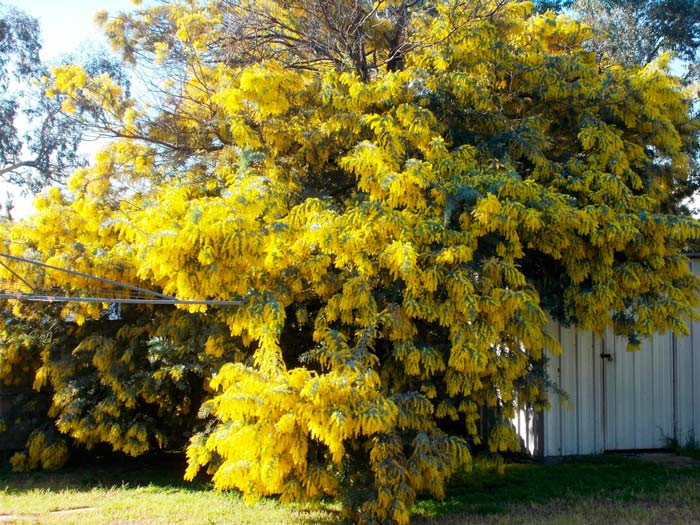
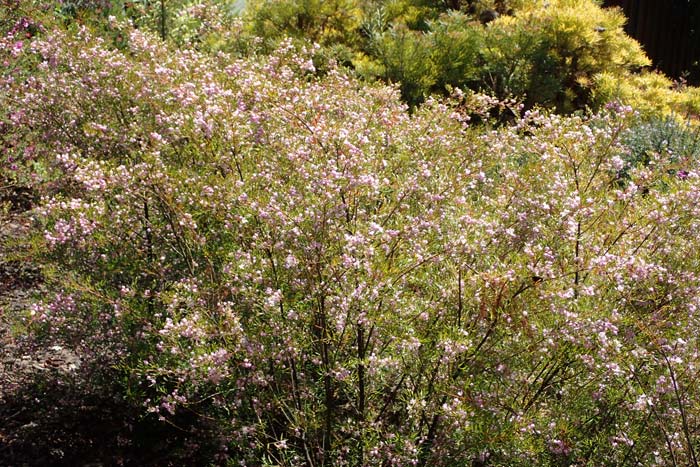


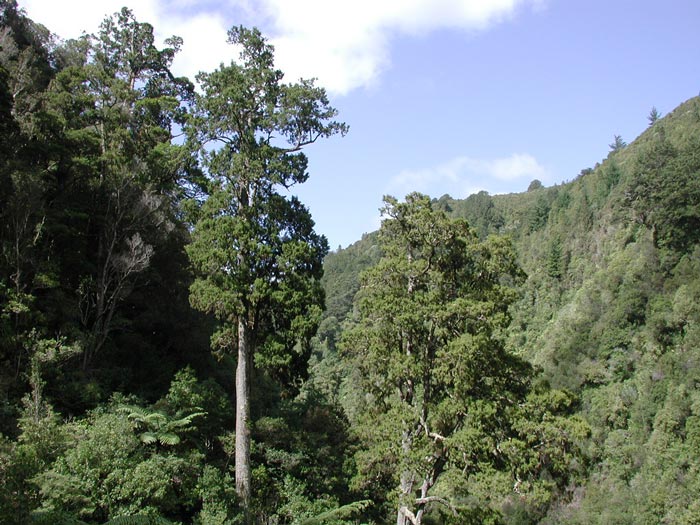



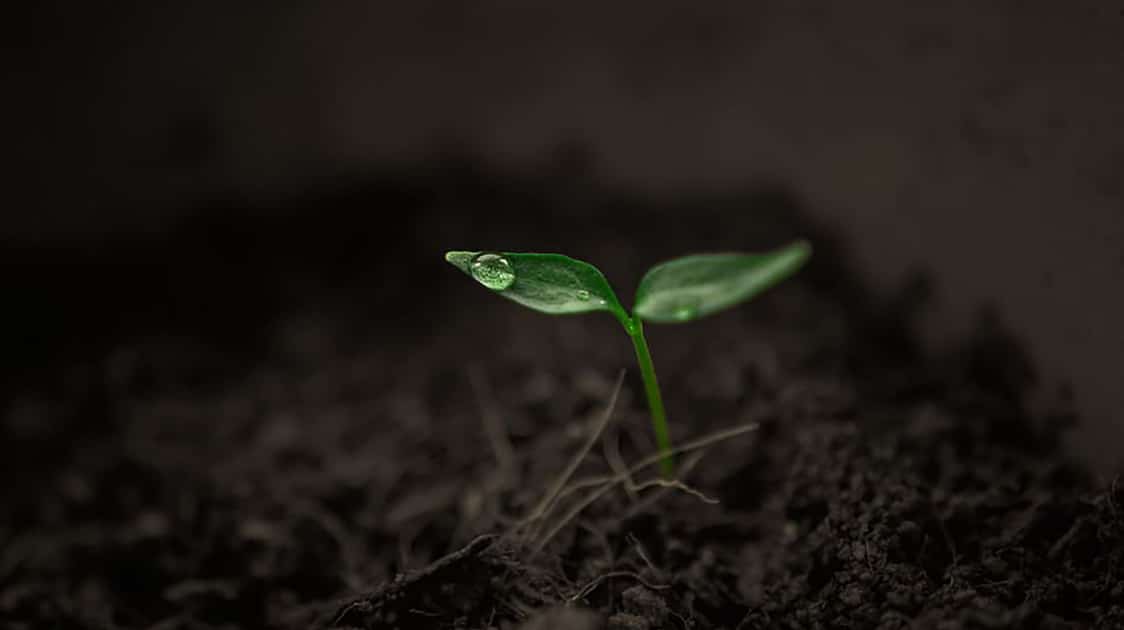
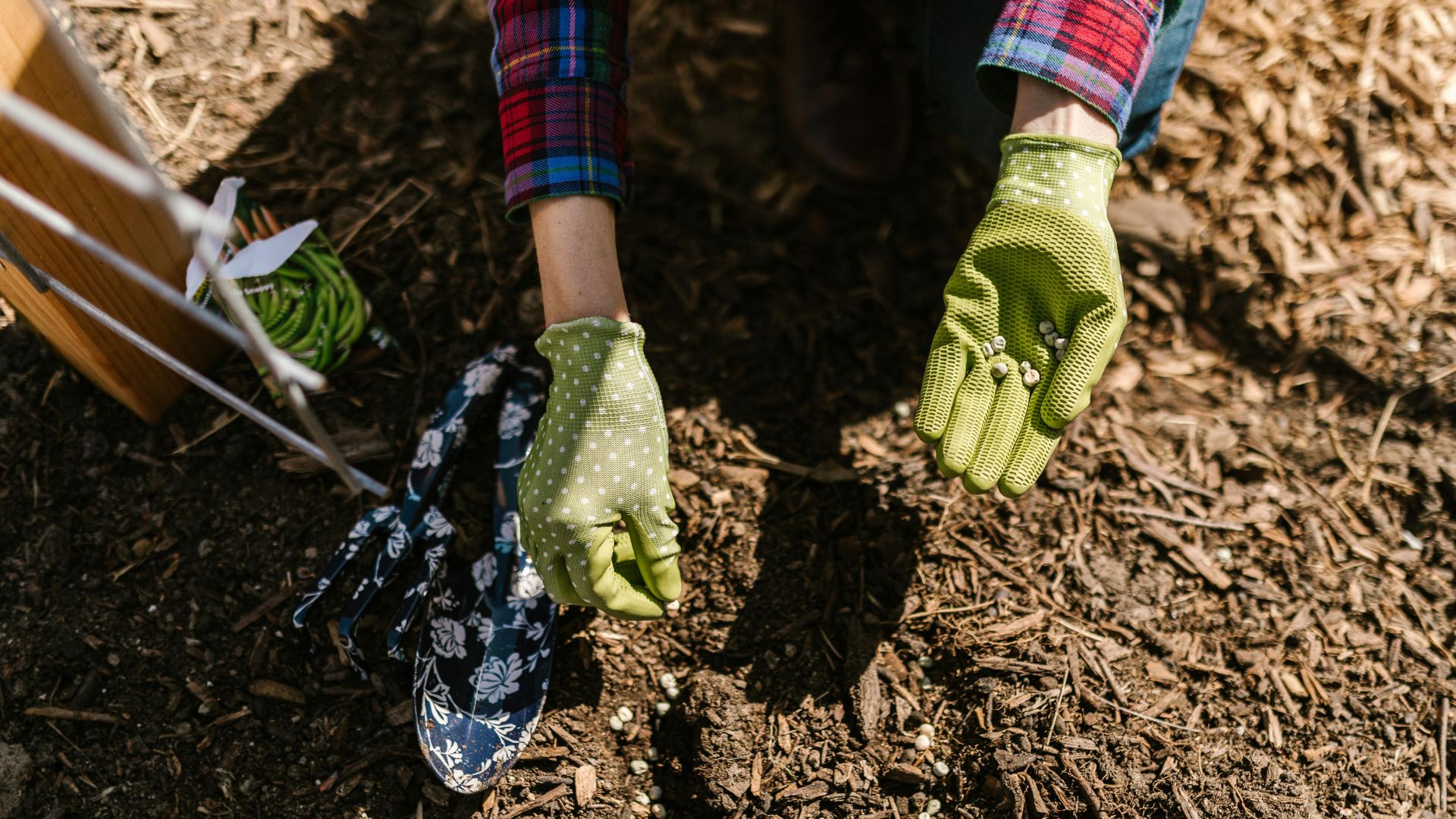

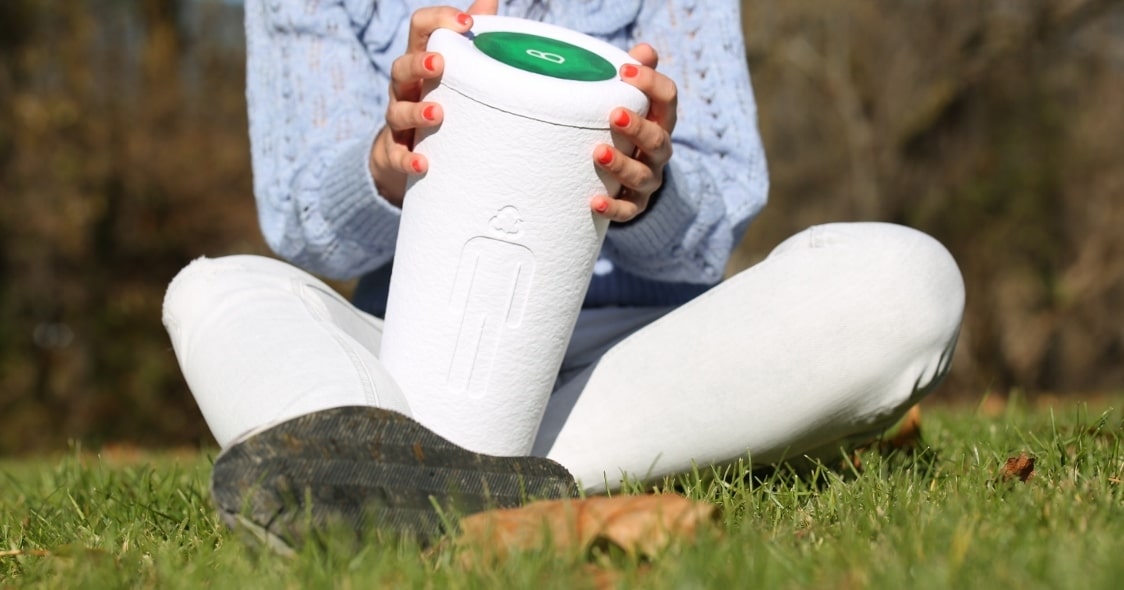
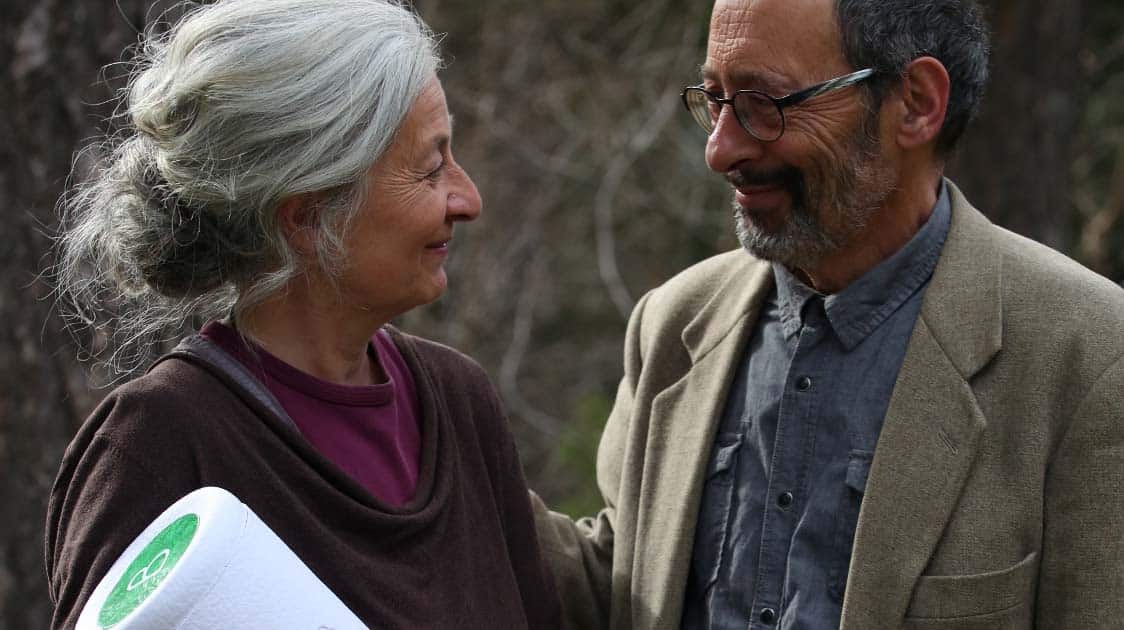

Leave a Reply